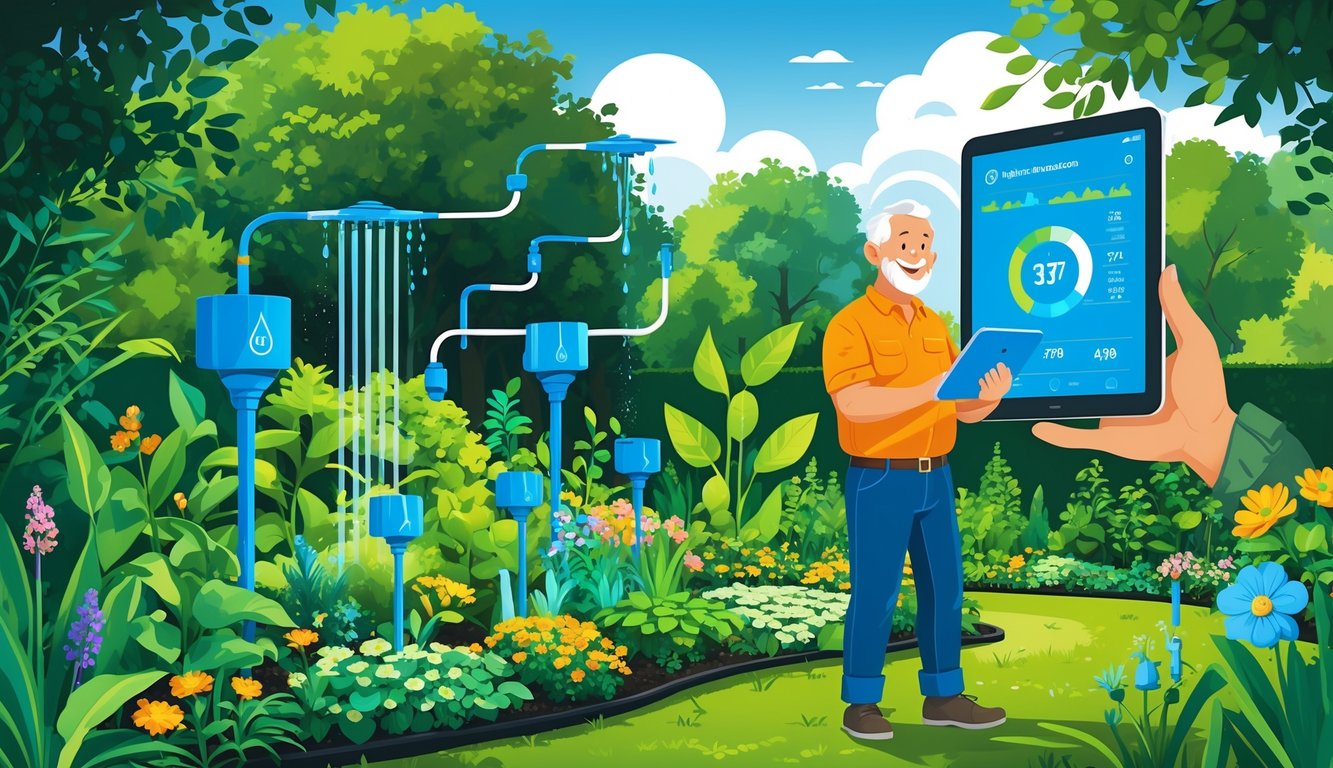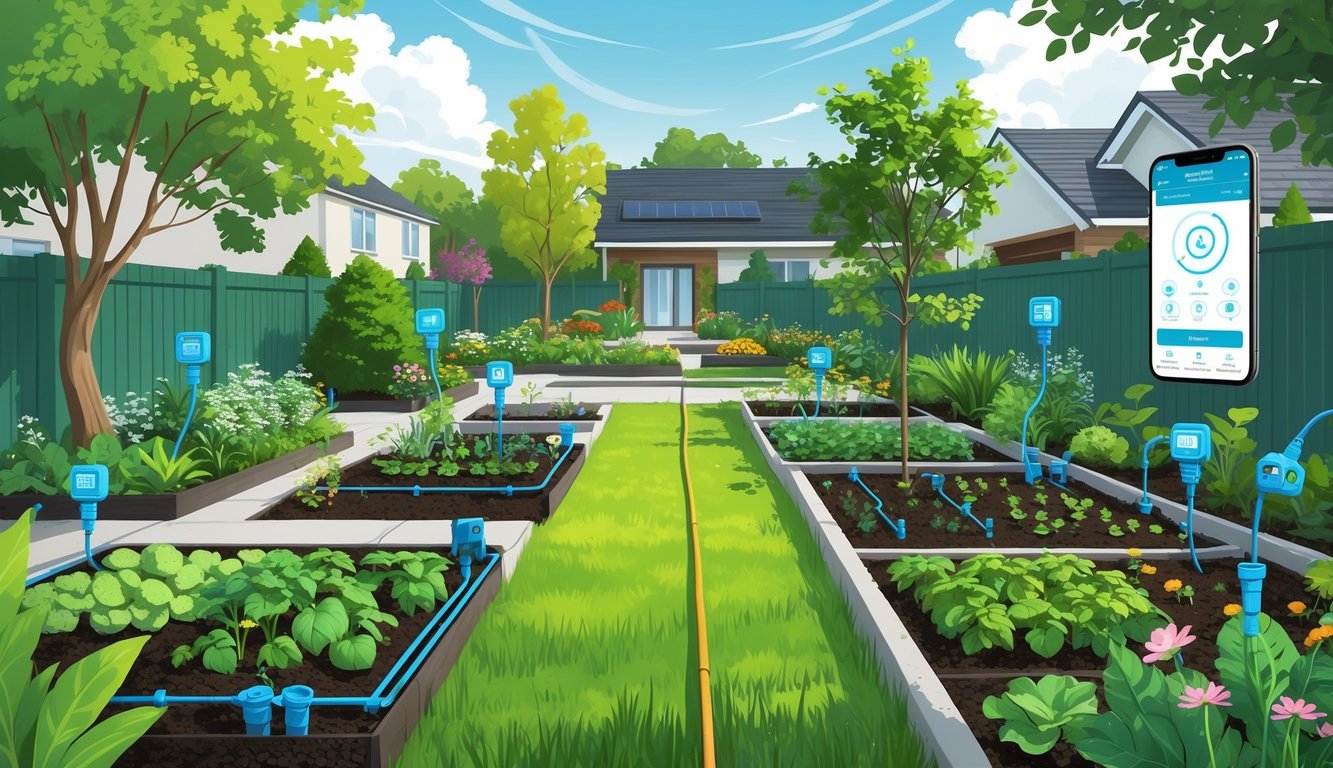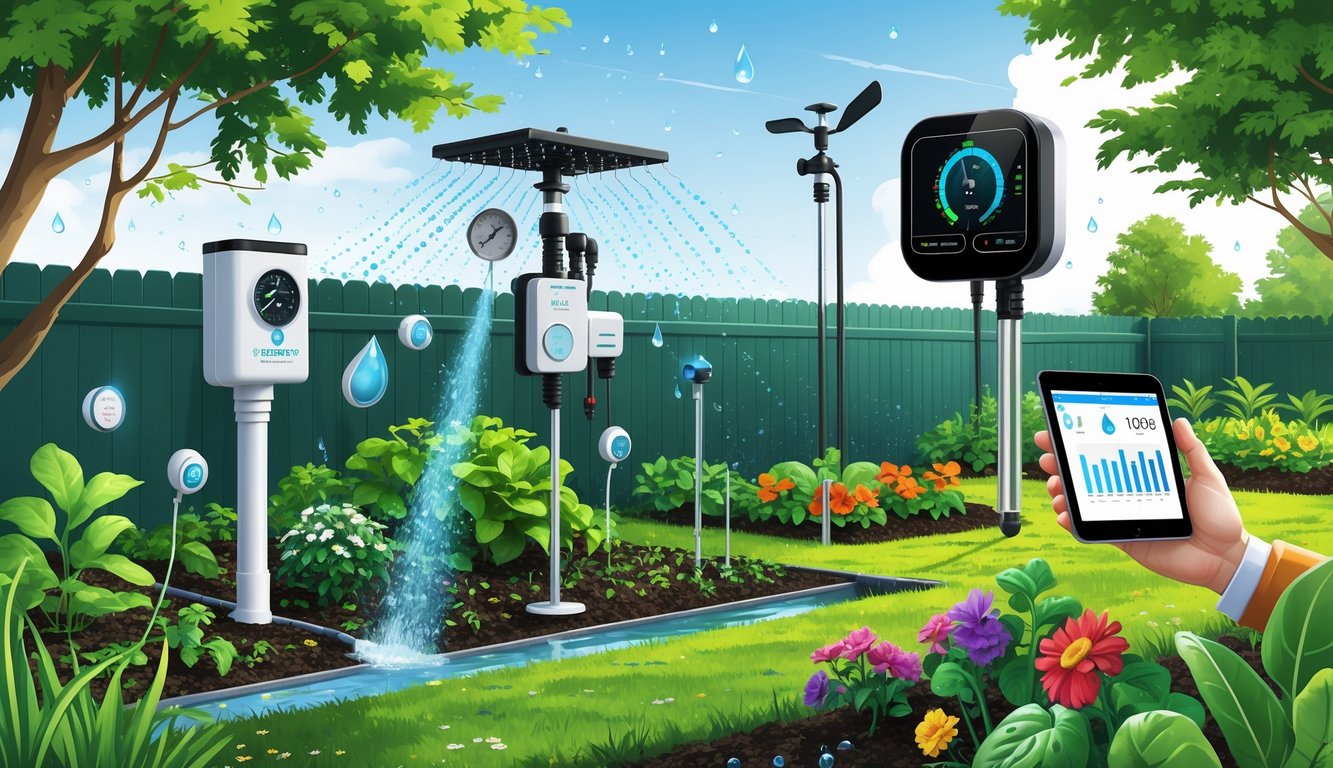
Smart Irrigation Upgrades for Different Landscapes

Why does every installer act like one setting works everywhere? It just doesn’t. What worked in my backyard was totally different from what my sister needed for her orchard, and don’t even start on golf courses—the water they dump is wild.
Home Gardens and Lawn Care Routine
My neighbor called his “smart” controller a scam after his azaleas died. Turns out he skipped the soil moisture sensor—classic. Most yards need more than just a timer to avoid puddles and crunchy brown patches. Even that $50 Bluetooth timer from Amazon (the one with the goofy green buttons) cut my bill by about 25%, except for the times the app crashed.
It sounds silly, but weather-based scheduling makes sense—if it rains, the system stays off, plants are fine, and I’m less grumpy about the bill. Best thing I learned? Set zones by how much sun they get, not just by plant type. Also, resist the urge to override the schedule unless you like surprise bills. Manual feels like you’re in control, but honestly, the controller’s usually smarter than me now.
Agriculture, Golf Courses, and Commercial Settings
Talking to a groundskeeper who manages nine fairways, I realized commercial systems don’t trust just the weather—they use flow meters, evapotranspiration data, all sorts of gadgets. It’s like NASA, but for grass. The EPA says smart systems can cut water use by 30%, but I’ve seen farmers do even better by adding sensors that catch leaks, so no more soggy patches.
In strawberry farming, skimping on water means tiny, sad berries. But half the growers still skip upgrades because “watching the sky” is tradition. University trials say automated controllers save a ton of labor, but my uncle still walks his fields at sunrise, tablet in hand, double-checking what the system decided overnight.
Benefits for Healthier Landscapes
Supposedly, every lawn turns emerald when you add AI sprinklers. I’ve seen overwatered lilies in three neighborhoods, so, no. Smart upgrades are about balance. Fewer brown patches, thicker grass, plants that survive vacations—no more begging neighbors to water. It’s not just less water, it’s timing: water at night for roots, not for showing off.
My dermatologist friend rolled her eyes when I said I water at dusk; apparently, fungus is a bigger threat than sunburn. Her yard looks better than mine, so maybe she’s right. Healthier landscapes, whether it’s sedum beds or putting greens, bounce back from heat waves faster with zone controls. Less disease, deeper roots, and, most importantly, less guilt when I forget a watering session. My lawn’s still patchy, but at least now it’s not my fault—mostly.
Essential Components for Effective Smart Irrigation

Honestly, my Saturdays keep getting hijacked by the mess of hardware, apps, and random sensors that come with “smart” irrigation. No one warns you about the Wi-Fi drama or how rain sensors just give up in July. Every setup I’ve tried—Wi-Fi controllers, “AI-powered” soil sensors—claims water savings, but half the time it’s just about cobbling together stuff that actually works.
Smart Irrigation Controllers and Sprinkler Systems
Wrestling my first smart controller into the fuse box nearly broke me. Those wires? Snap if you breathe near them. The big names (Rachio 3, Orbit B-hyve, Rain Bird ST8—how do you even say that?) push cloud features and weather data, but at the end of the day, I just want it to skip watering when it’s pouring outside.
Dr. Pflugrath (he consults for water boards, so he probably knows) told me smart controllers can cut water use by 30%. Weather adjustments, independent zones—big deal if you have drama-queen shrubs and stoic trees. But these systems are only as good as their apps; one bad update and you’re out there hand-watering at 2 a.m.
Upgrading meant digging up every sprinkler head—turns out, new heads and old pipes don’t get along. If your system’s from before Y2K, just buy adapters and brace yourself.
Drip Irrigation and Alternative Irrigation Methods
Anyone willing to wrestle black tubing around hydrangeas knows drip irrigation is the way to go for precision. It’s not just “spray and pray” anymore. My tomatoes love the slow drip; Japanese maples, not so much—they want a shower, apparently.
I skimmed a Stanford study (2023, Agricultural Water Management) that said drip systems cut water use by 40% without hurting yield. But nobody tells you about the clogged emitters or the squirrels that chew through tubing just because they can. Drip systems are awkward for big trees—sometimes a slow-release disk makes more sense.
Micro-sprayers, oscillating heads—they all exist. “Universal compatibility” is a joke; half the heads leak straight out of the box. Drip setups work great for root crops and herbs jammed together. Lawns? Not so much. They’ll die if you look at them funny.
Integrating with Smart Home Devices and Platforms
If Alexa ever figures out my accent, I’ll eat my gardening gloves. Integrating irrigation with Google Home, Apple HomeKit, or Alexa sounds easy—until someone yells “stop the sprinklers” and the kitchen timer dies instead.
Every box says “smart home ready.” Reality? It’s endless updates, lost accounts, and the app refusing to recognize Zone 5. Some controllers let you add soil sensors, weather stations, flow meters, but setting thresholds so you don’t drown your basil makes me wish I’d just stuck with a hose.
I set up IFTTT for rain delays—worked for two weeks, then a Wi-Fi outage left my hedge gasping. Smart home integration is like herding cats. Sometimes it works, sometimes you just get wet.